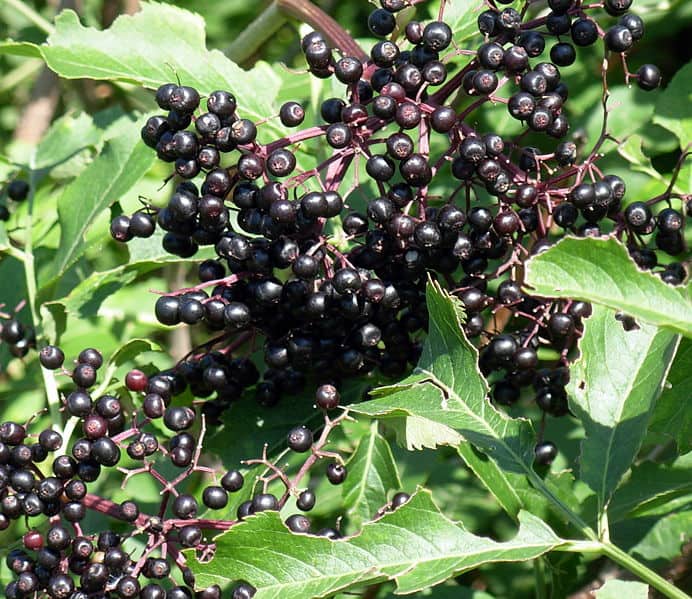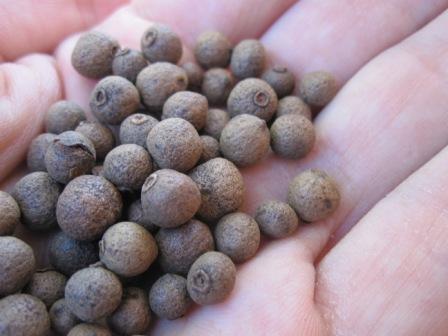Tamarind is a fruiting tree native to Africa and widely planted throughout the world, particularly in Latin America and Asia. The tamarind fruit is used as a food crop and as a flavoring ingredient in a wide range of foods, especially Latin American and Asian cuisine and pre-packaged snacks. It is also sometimes known as asam or puli.
The tamarind tree can grow in excess of 60 feet (20 meters) in most tropical climates. Although best suited for tropical climates with a dry season, it can also do well in high-rainfall tropical environments. It is cultivated widely for its use as a food, requiring little fertilization or upkeep to thrive.
The pulp of the fruit is the main portion of tamarind used in food production. When still slightly unripe, it has a very sharp, sour taste with a high level of acidity. Unripe tamarind is used in many candies and dishes throughout Asia and Latin America. The popularity of tamarind candies in the United States and Europe is considerably less, due to a general trend towards sugary-sweet candies.
Health Benefits of Tamarind
In many tropical countries, tamarind is blended with sugar and eaten as a sweet or a tangy snack. Due to the rich source of potassium, magnesium, fiber and vitamins found in tamarind, food becomes not only healthier but also tastier. One of the many benefits of tamarind if that it fights against vitamin C deficiency and helps in reducing fevers while fighting against cold infections. The ingredients in tamarind help in lowering blood cholesterol and promoting a healthy heart. Tamarind juice can be gargled to relieve sore throats and throat infections.
A concoction made by steeping dried tamarind pulp is used in various preparations during cooking. It is also useful for patients with diabetes as it helps in controlling blood sugar levels. Tamarind seed eye drops and used as an herbal treatment for dry eye syndrome due to a polysaccharide found in the seed. Some studies revealed that the polysaccharide in tamarind scenes with a far better job of something dry eye symptoms than conventional eye drops.

